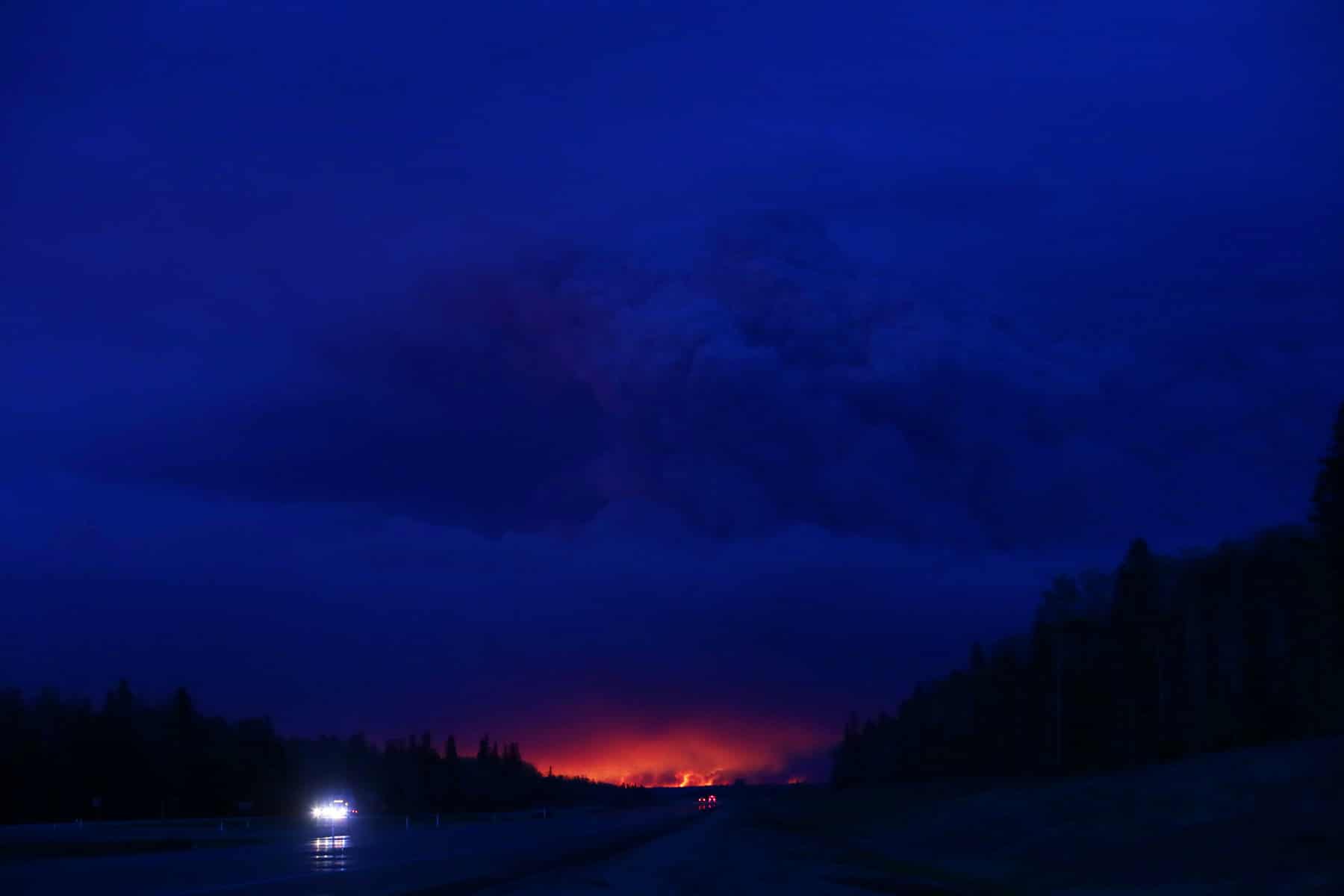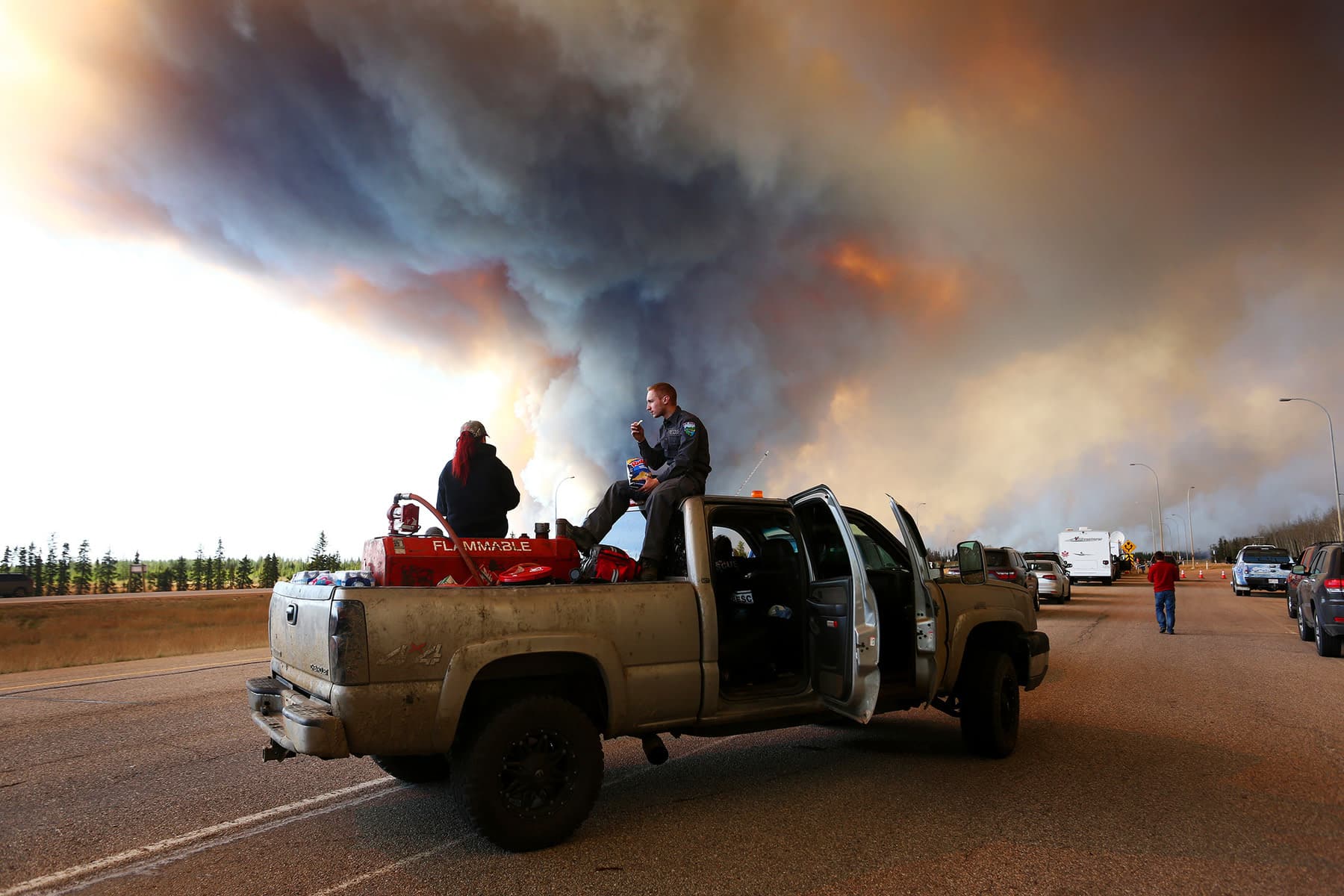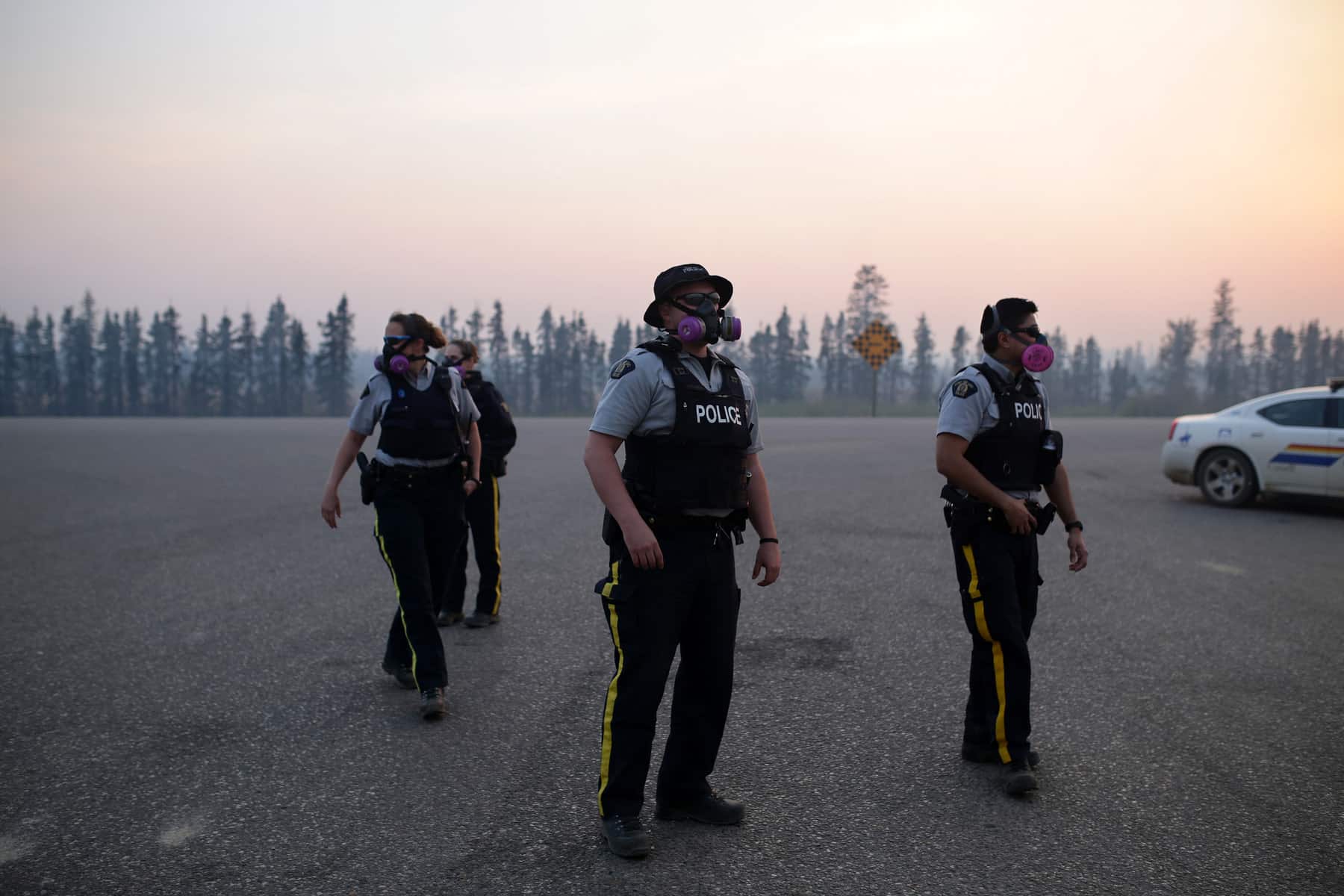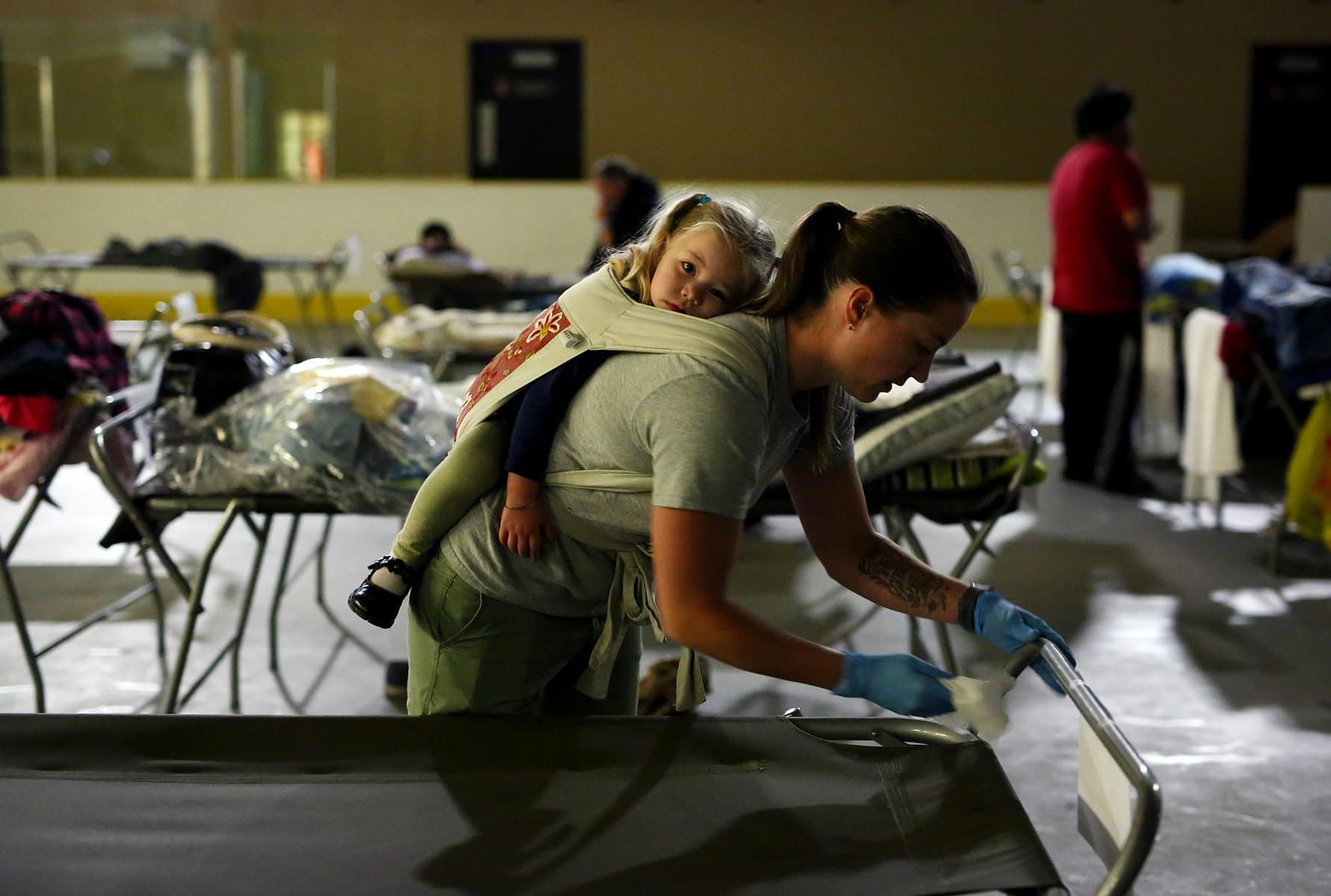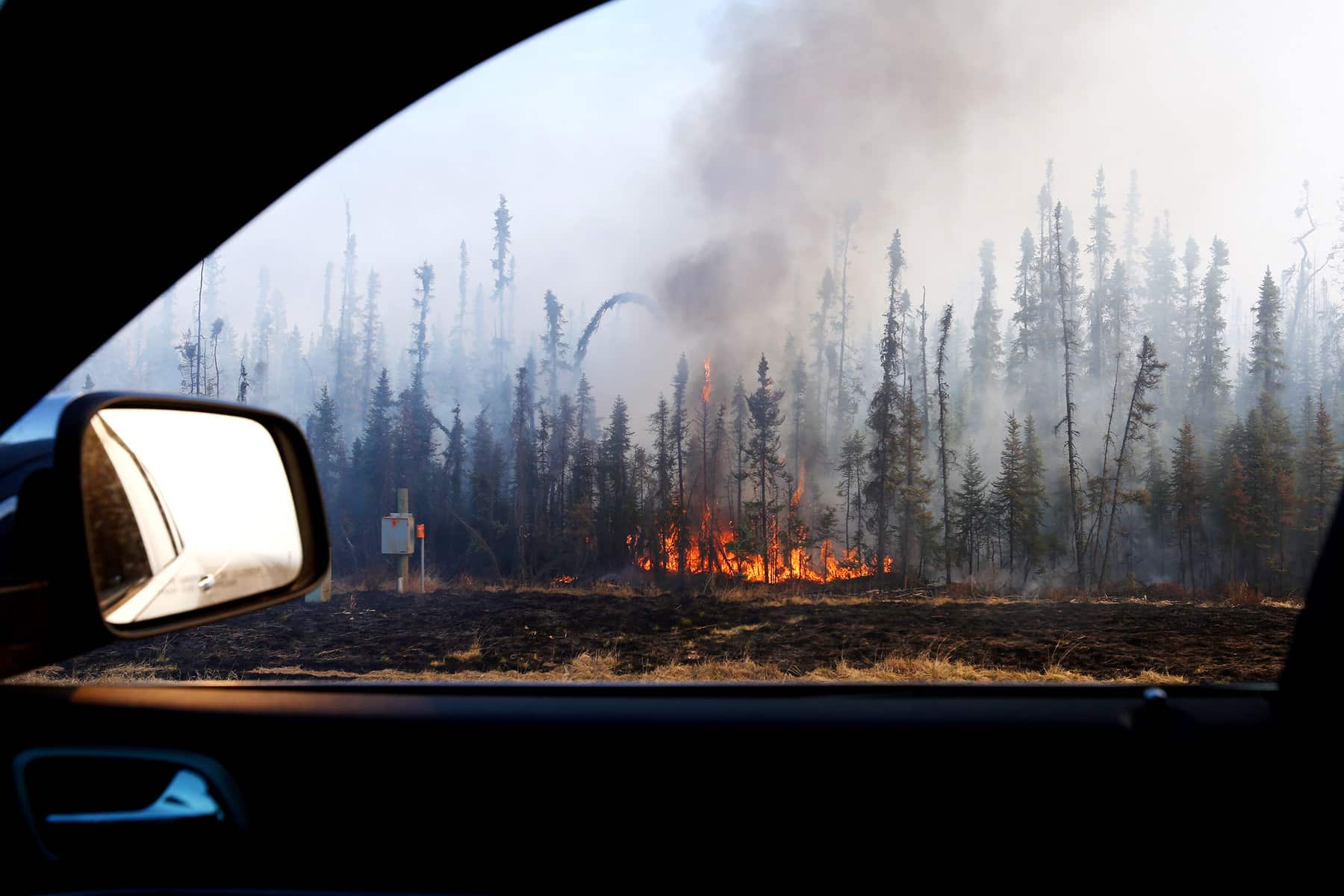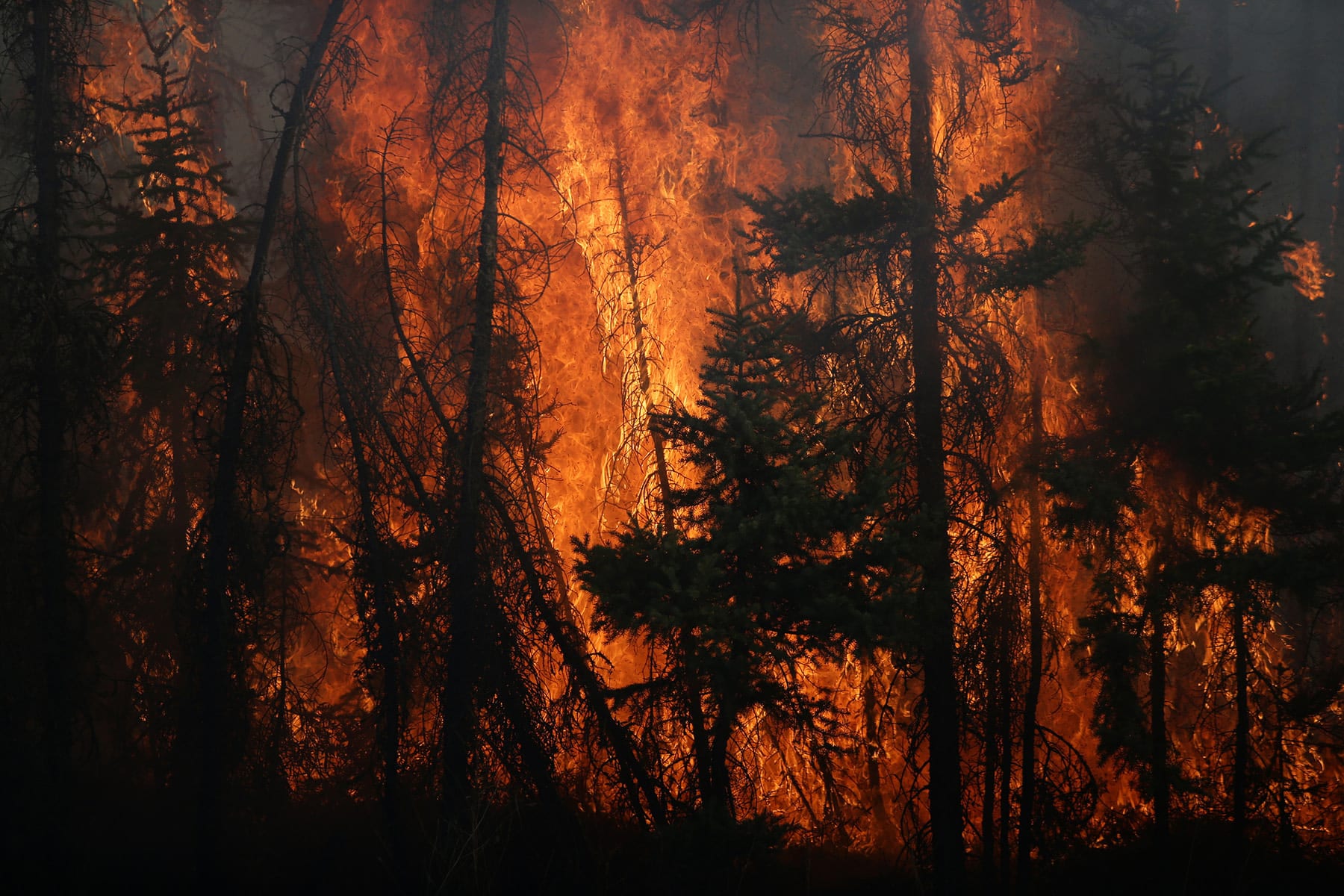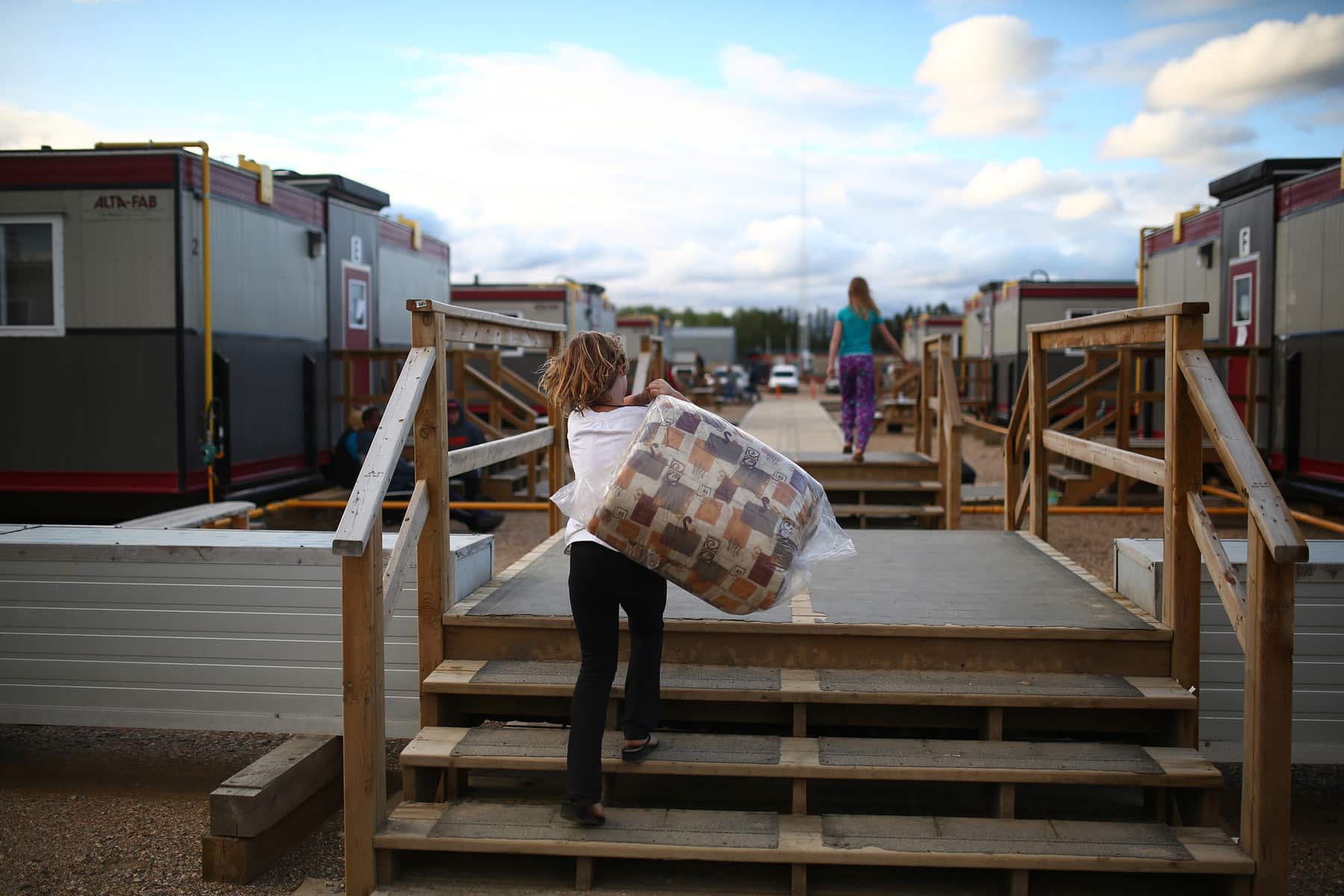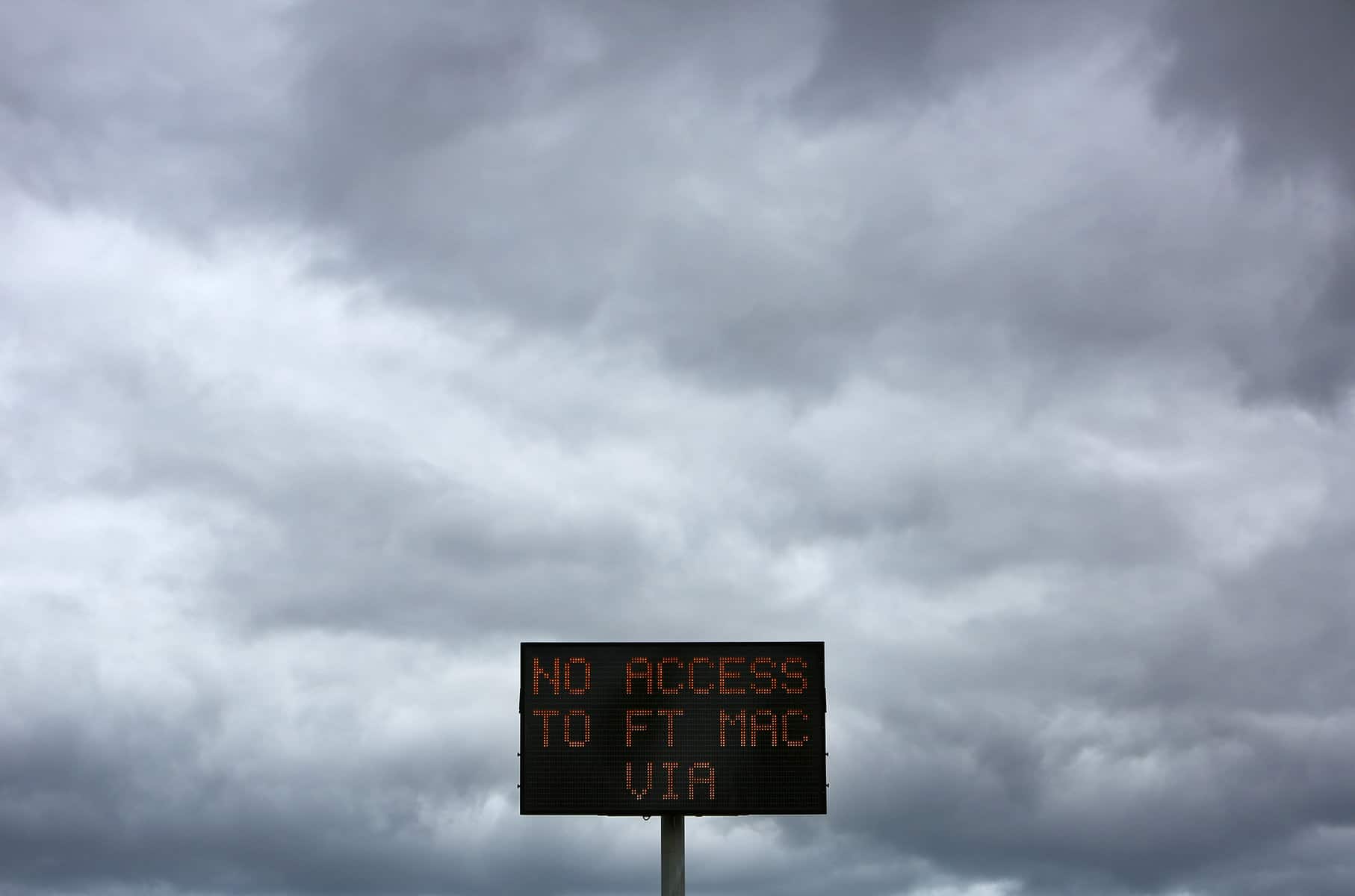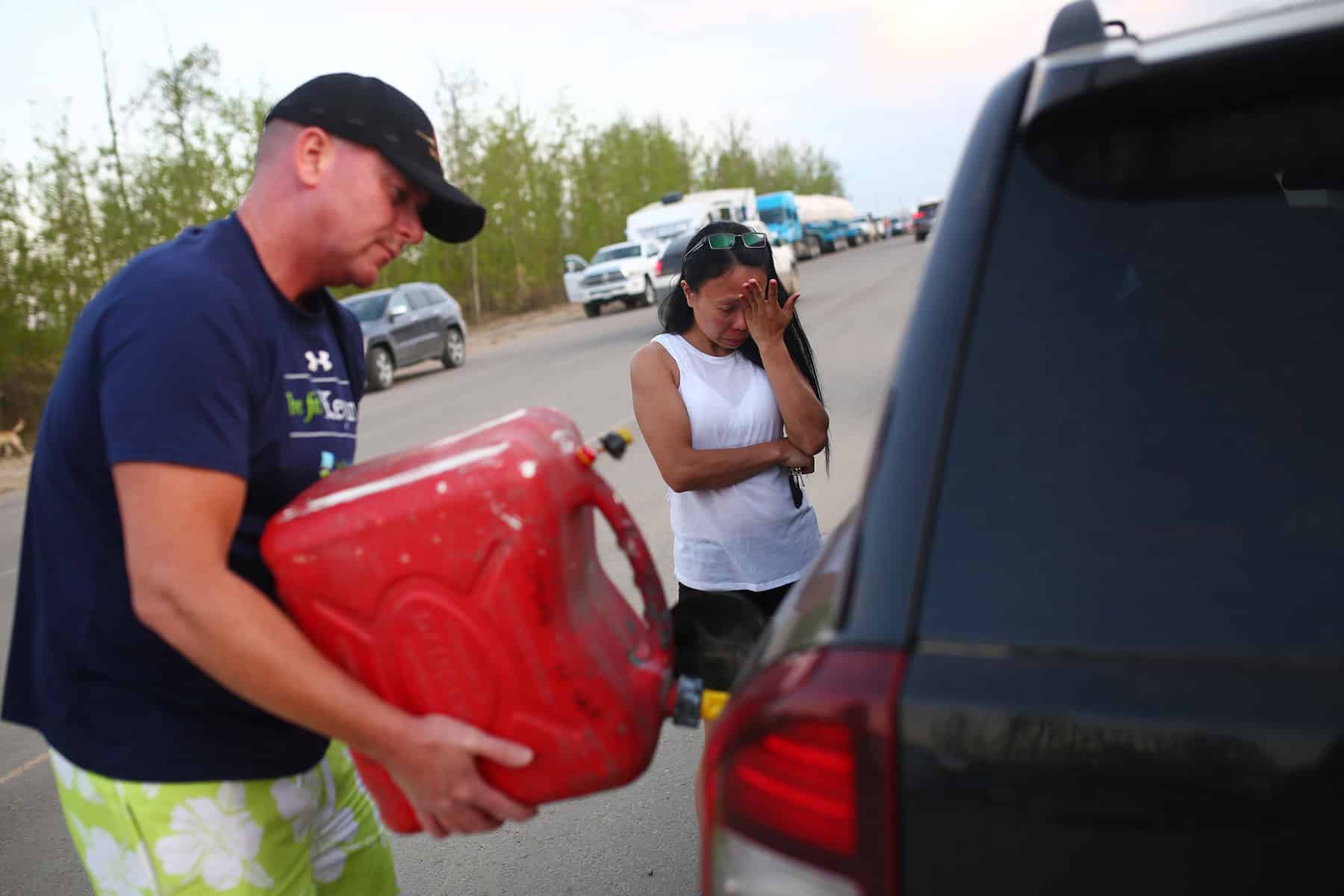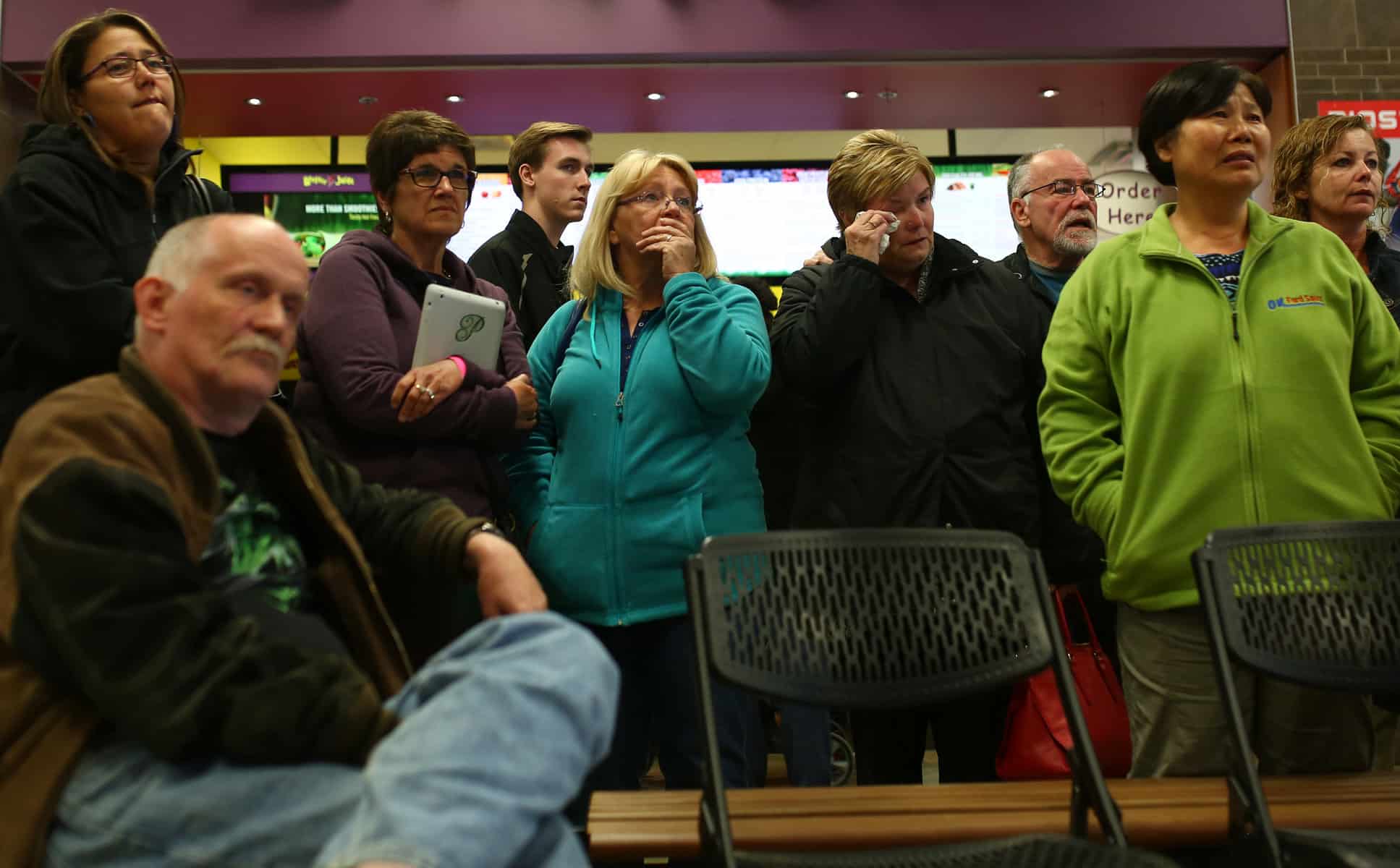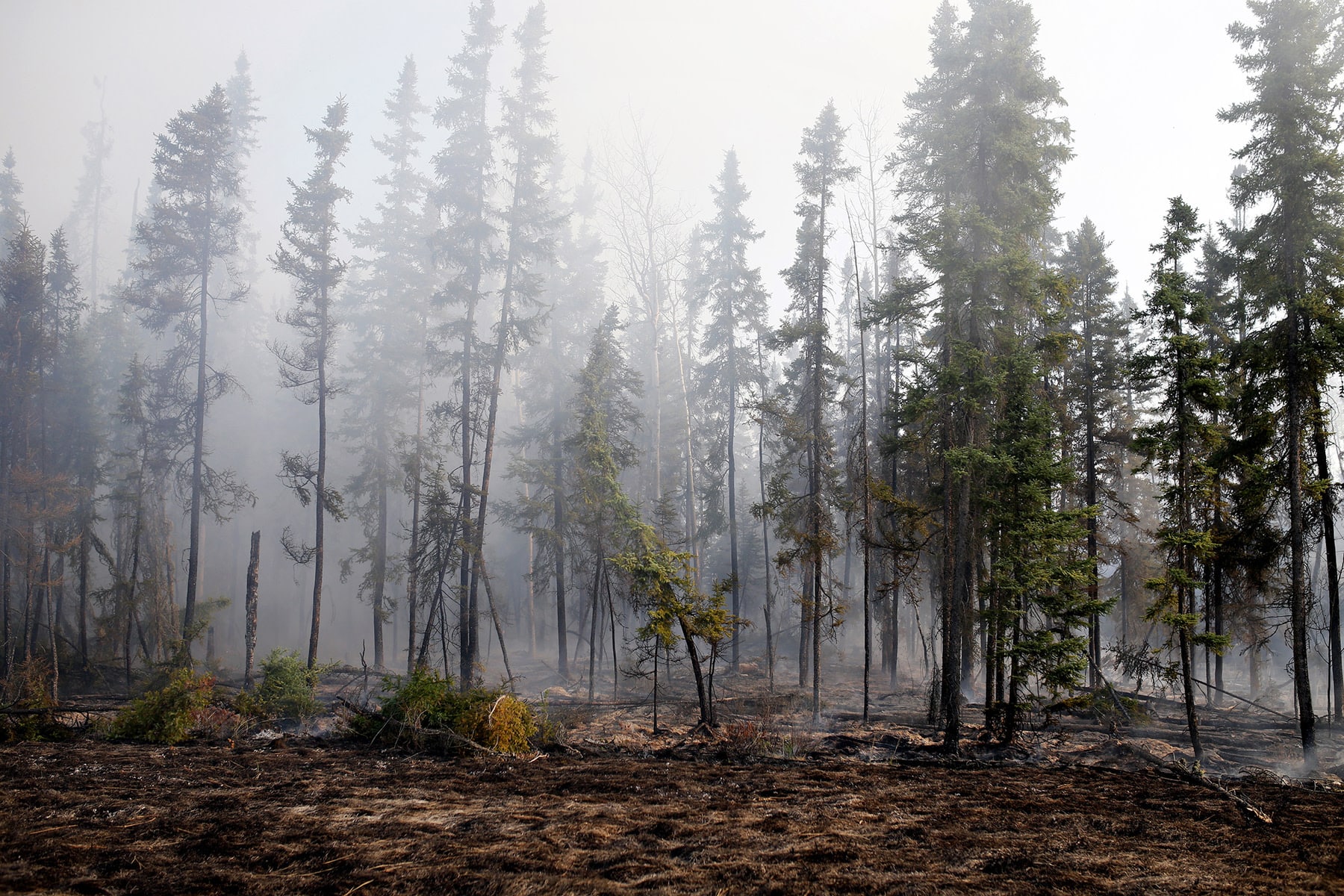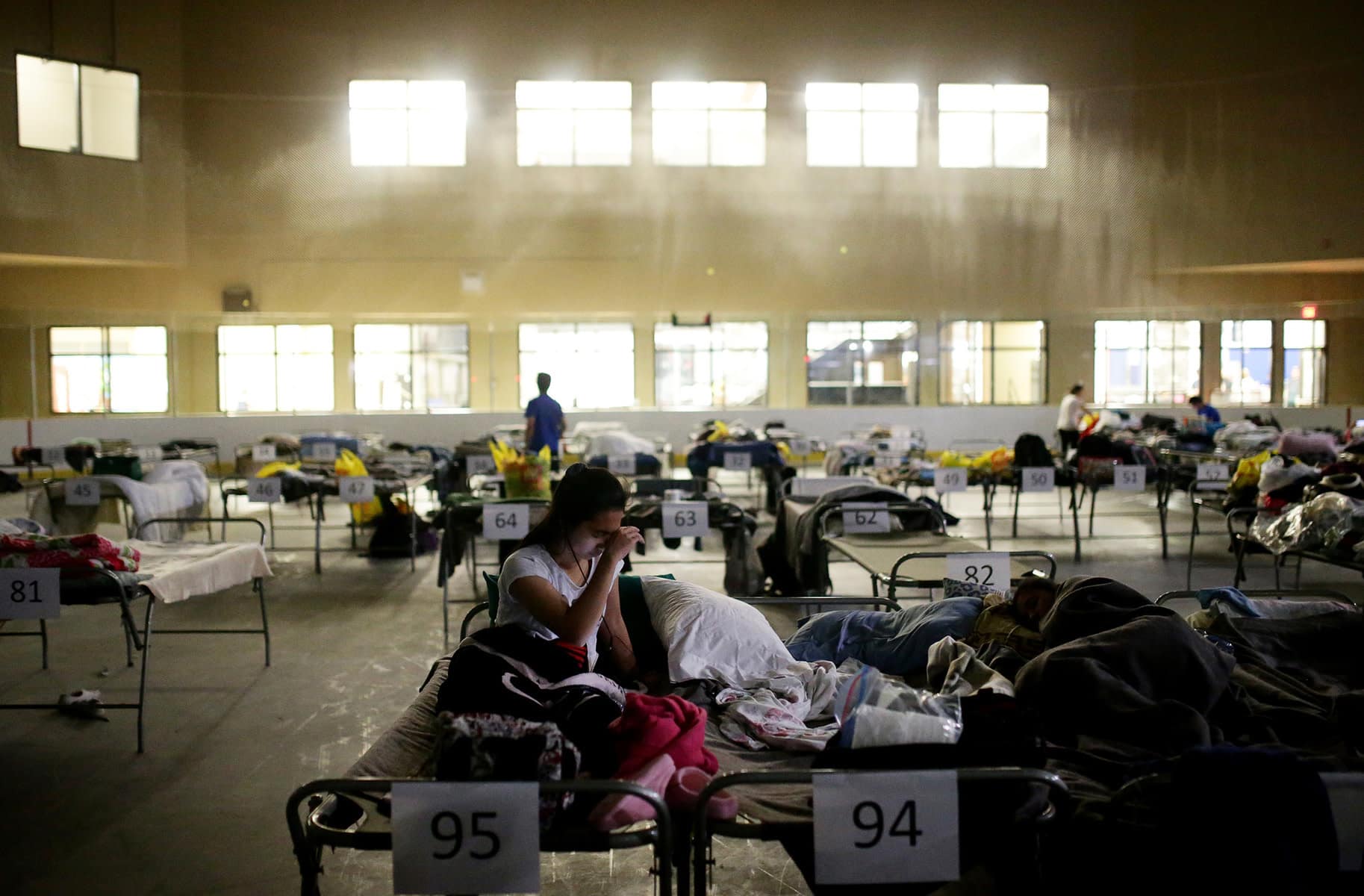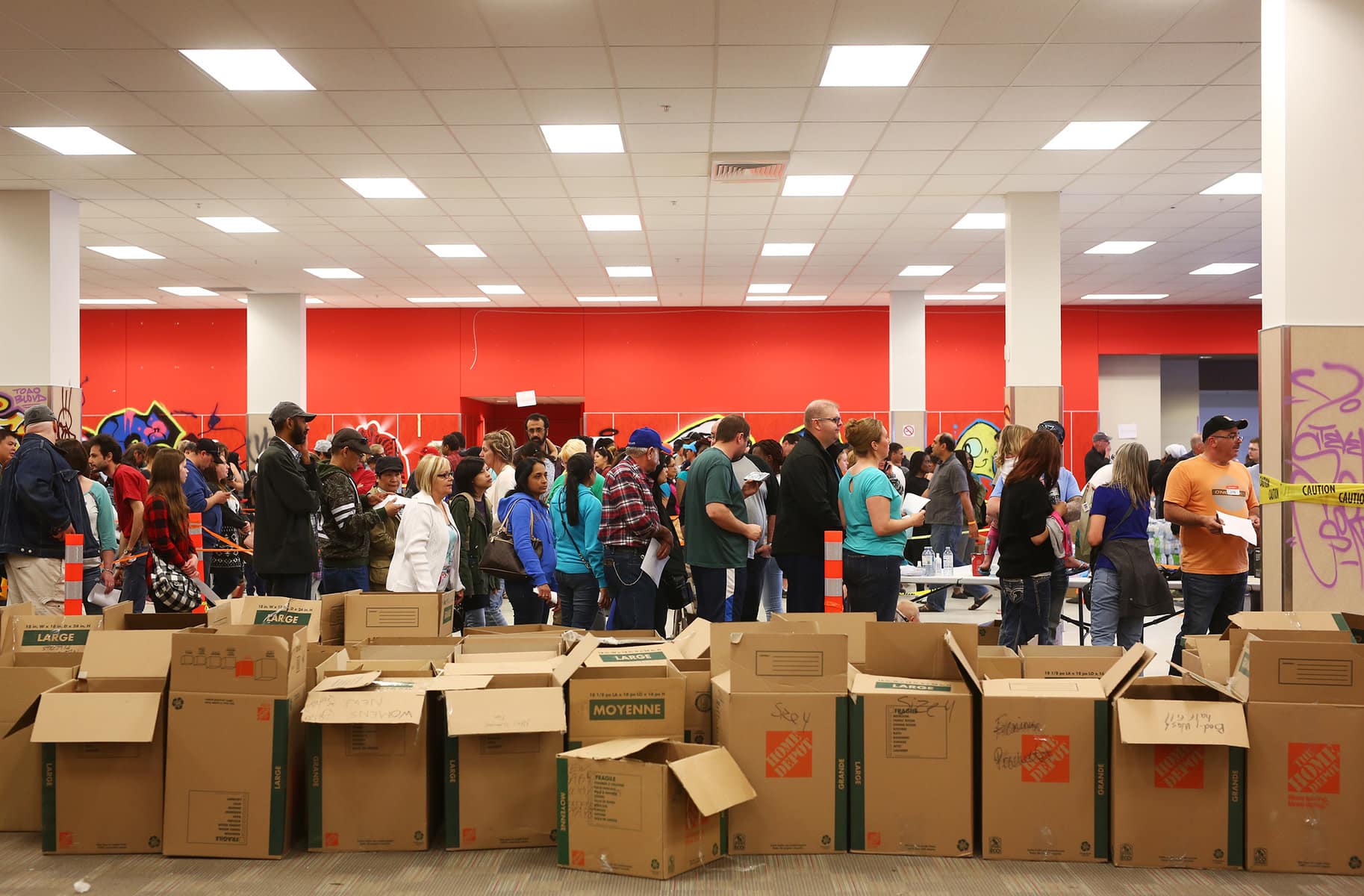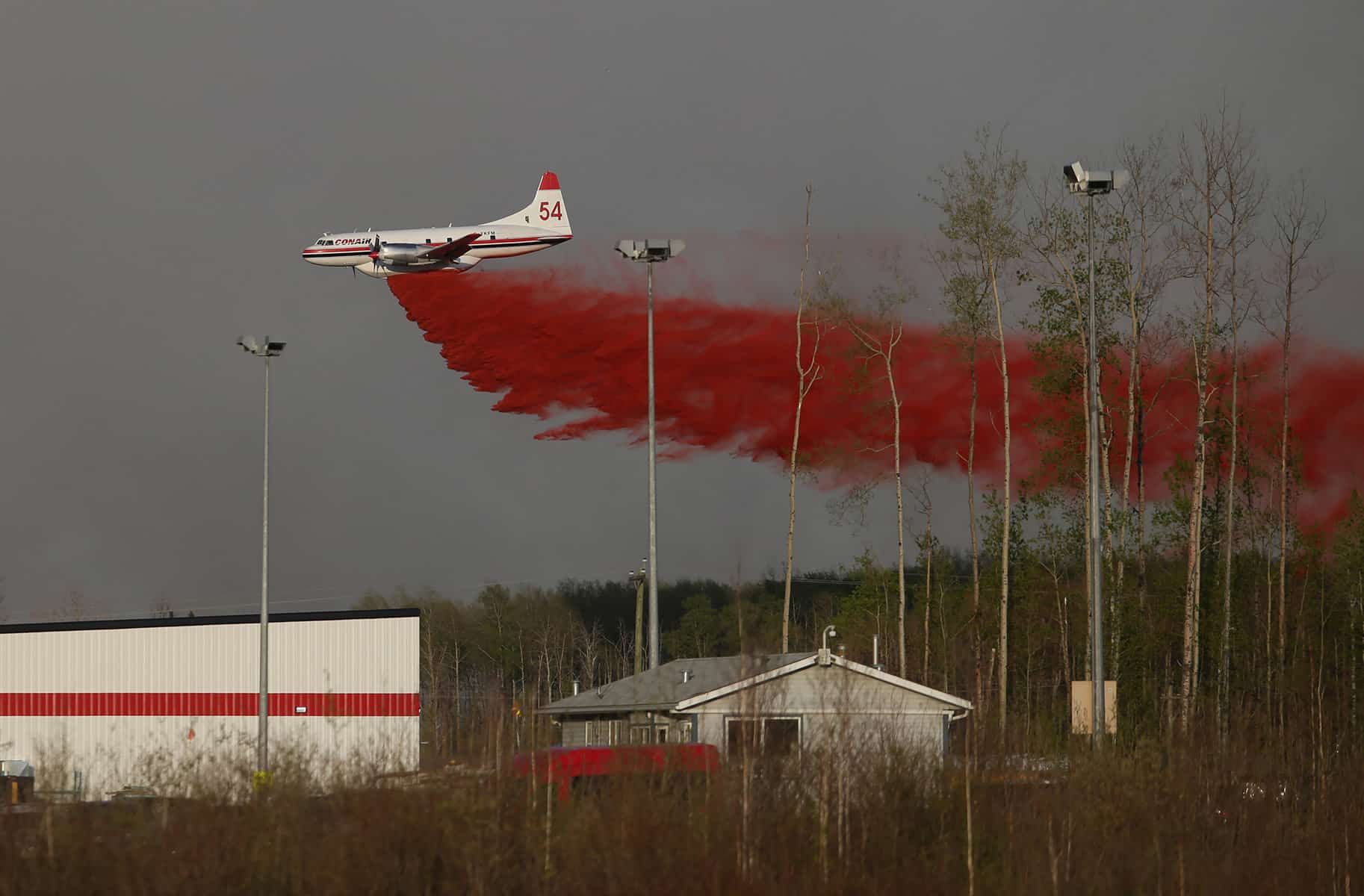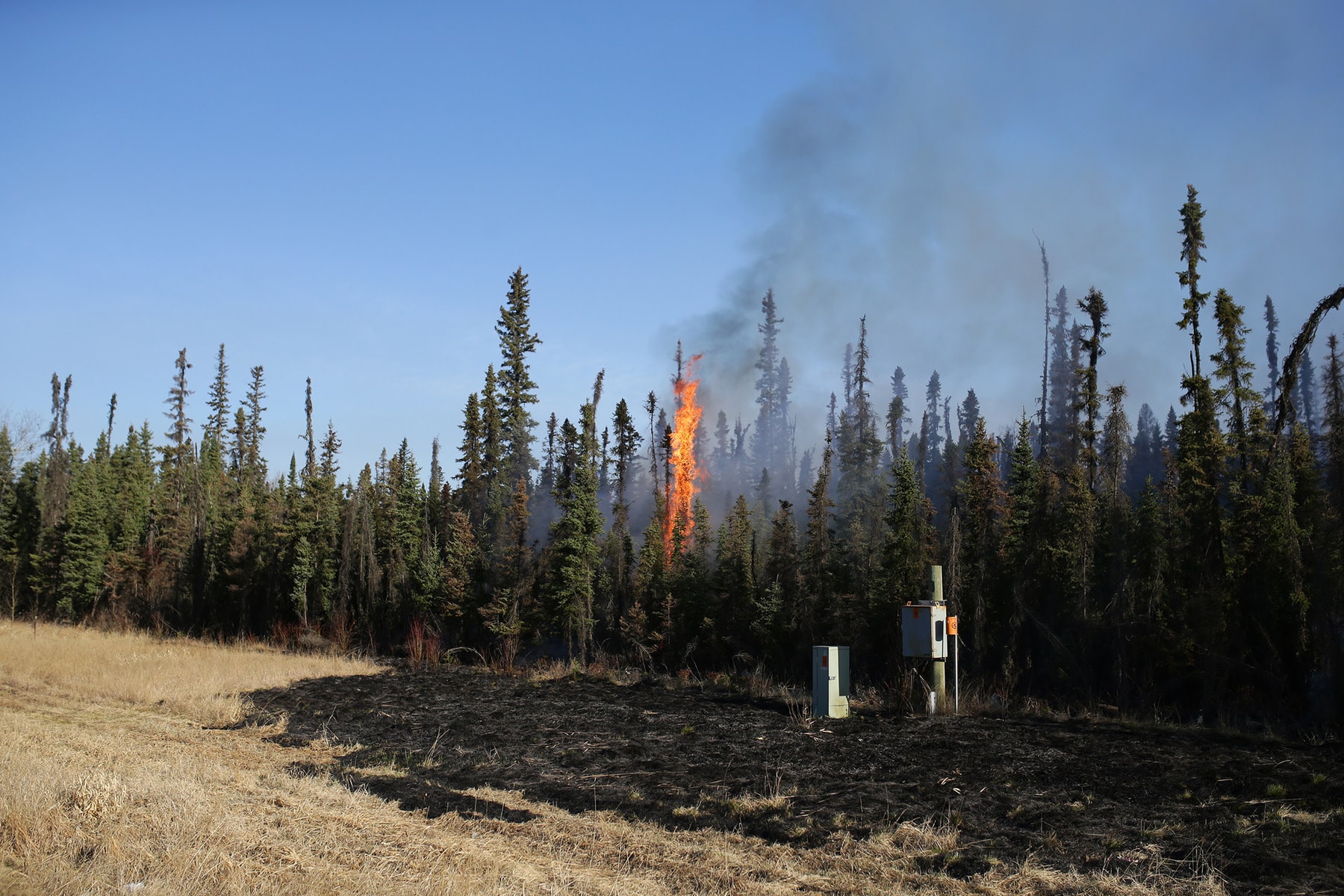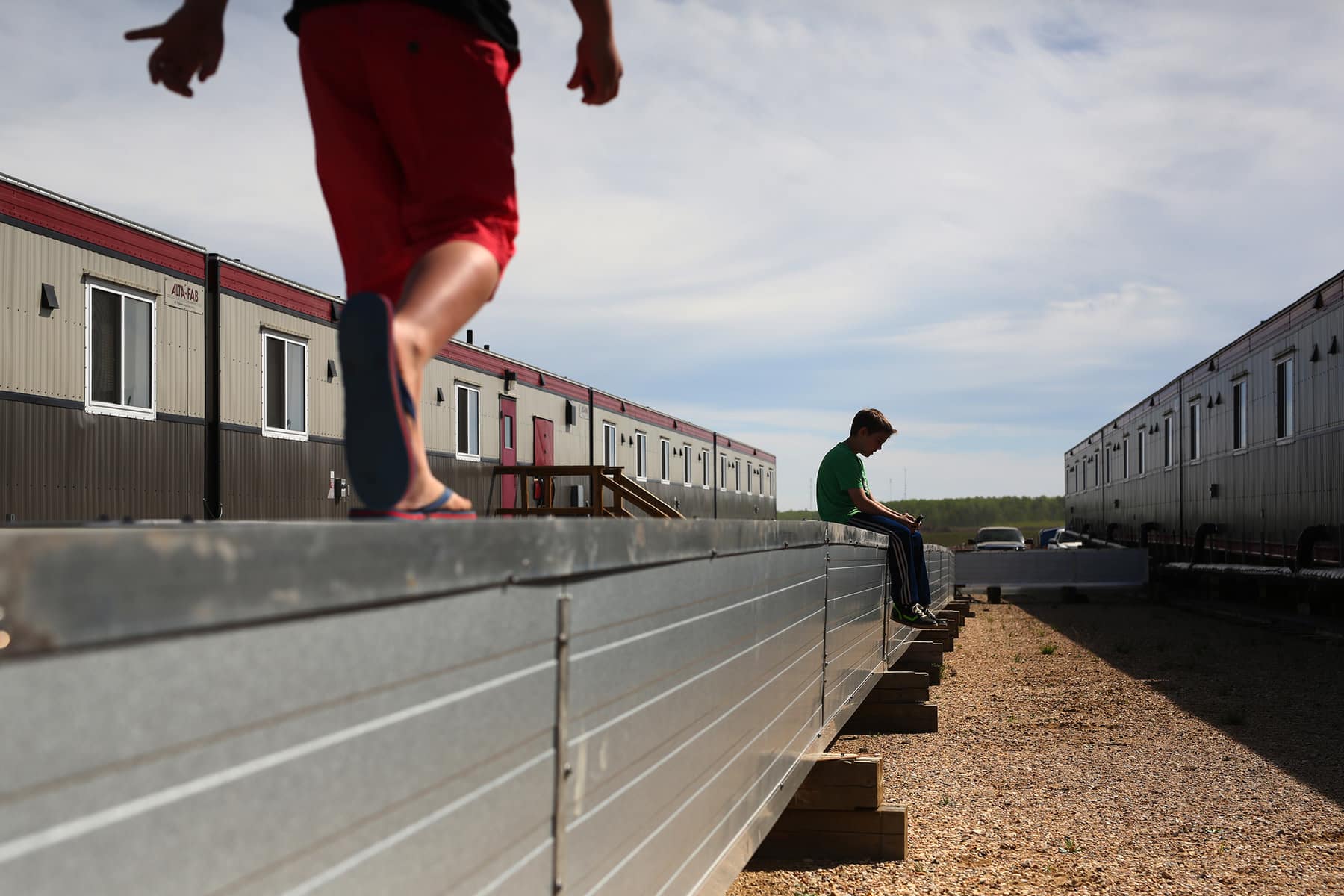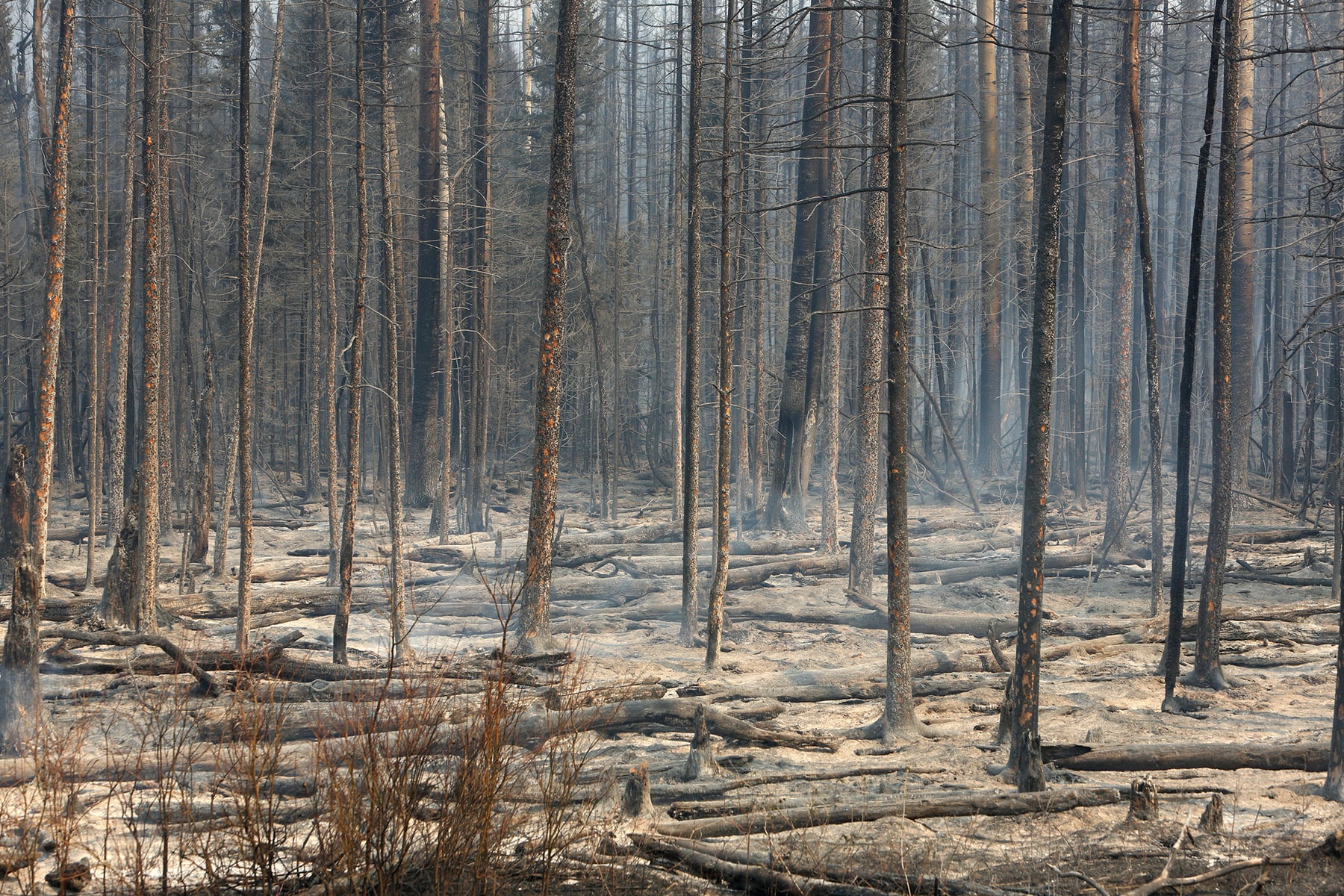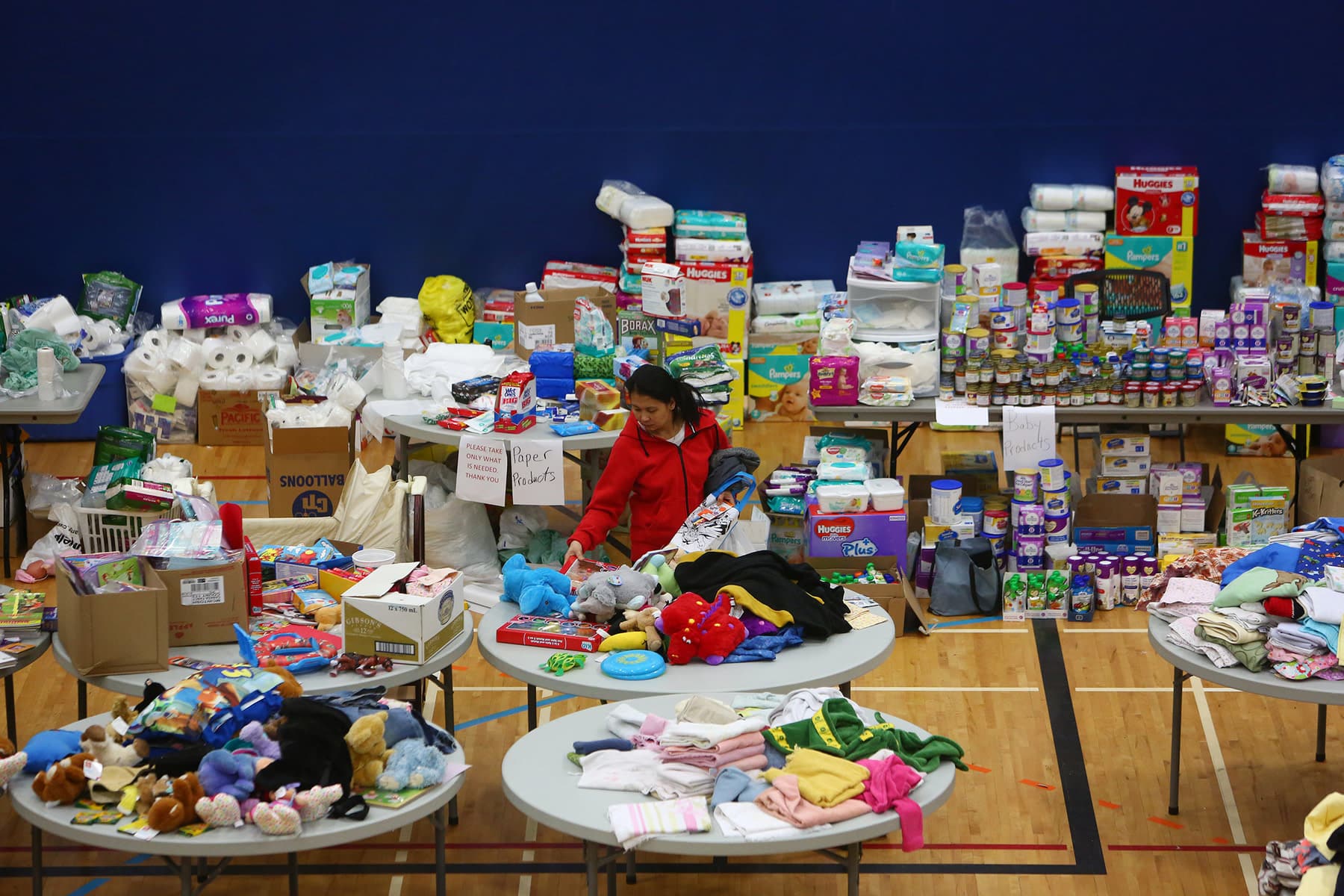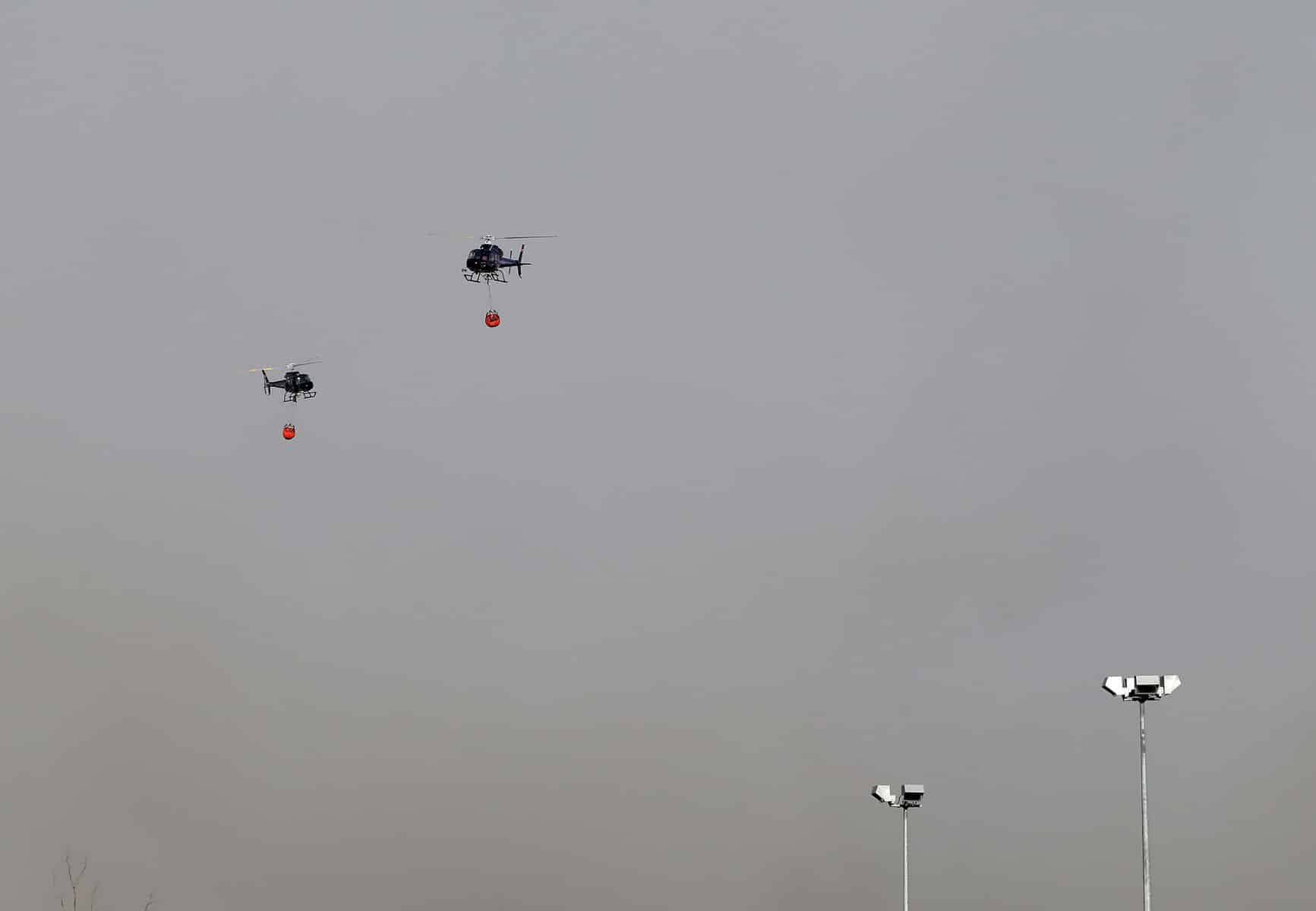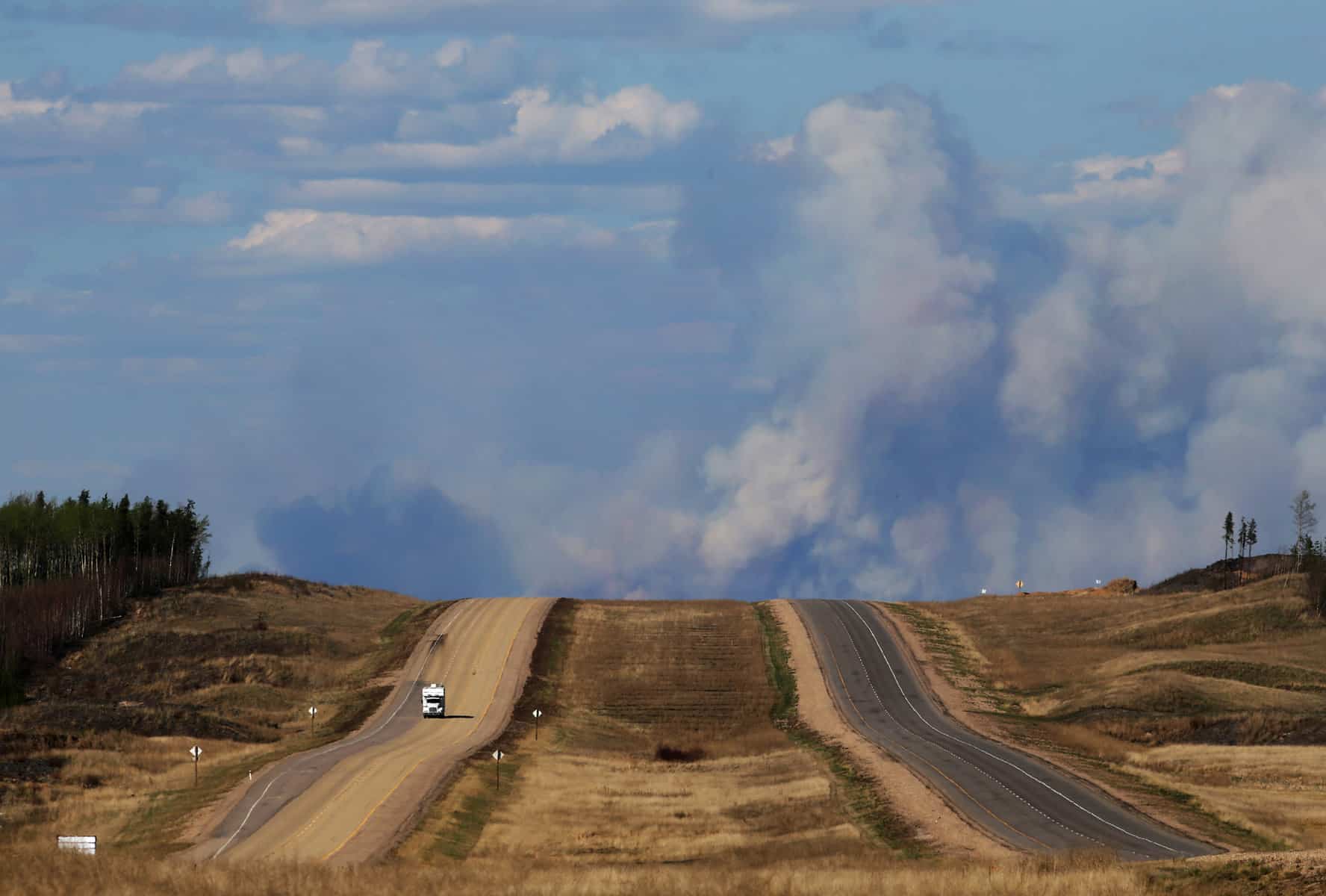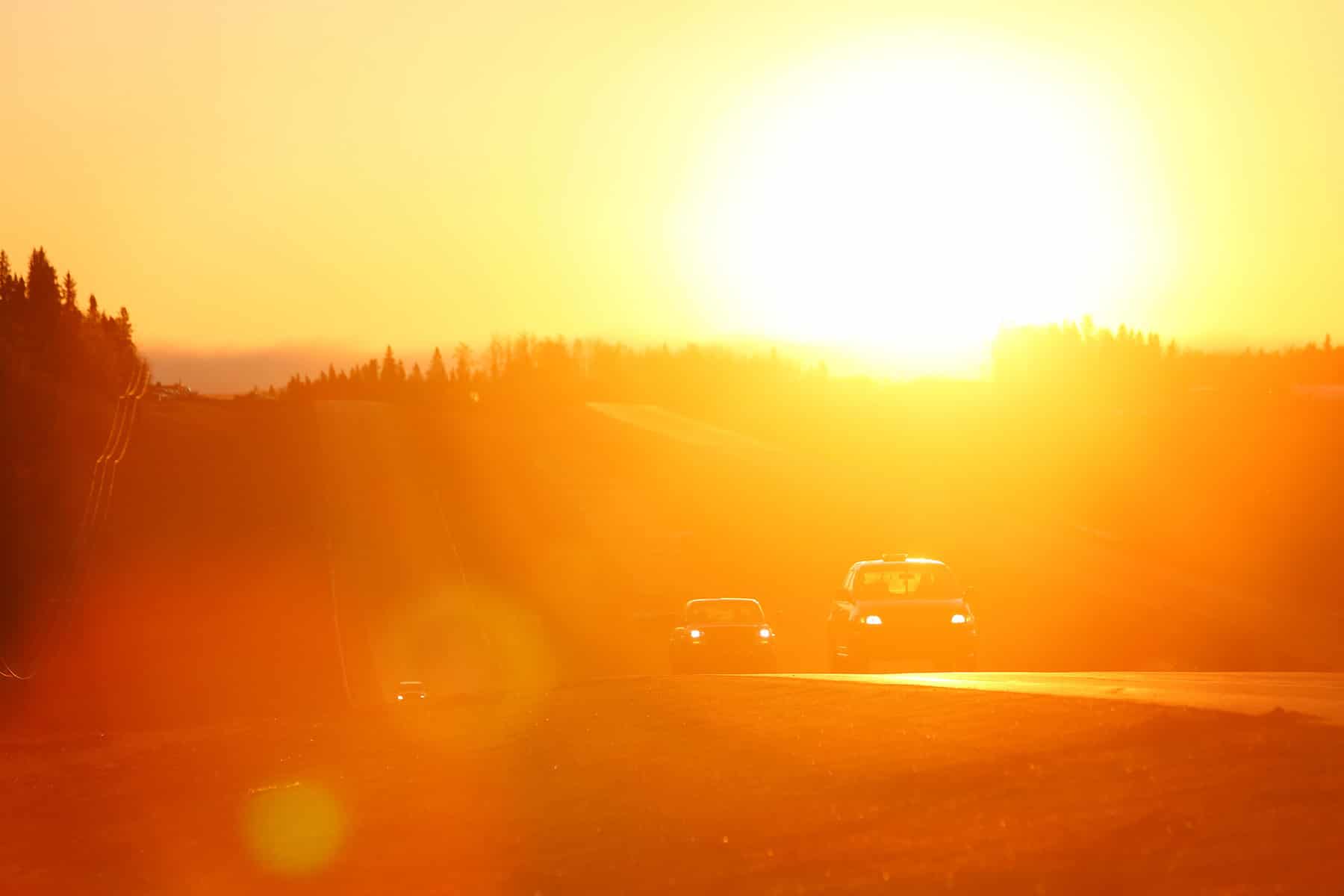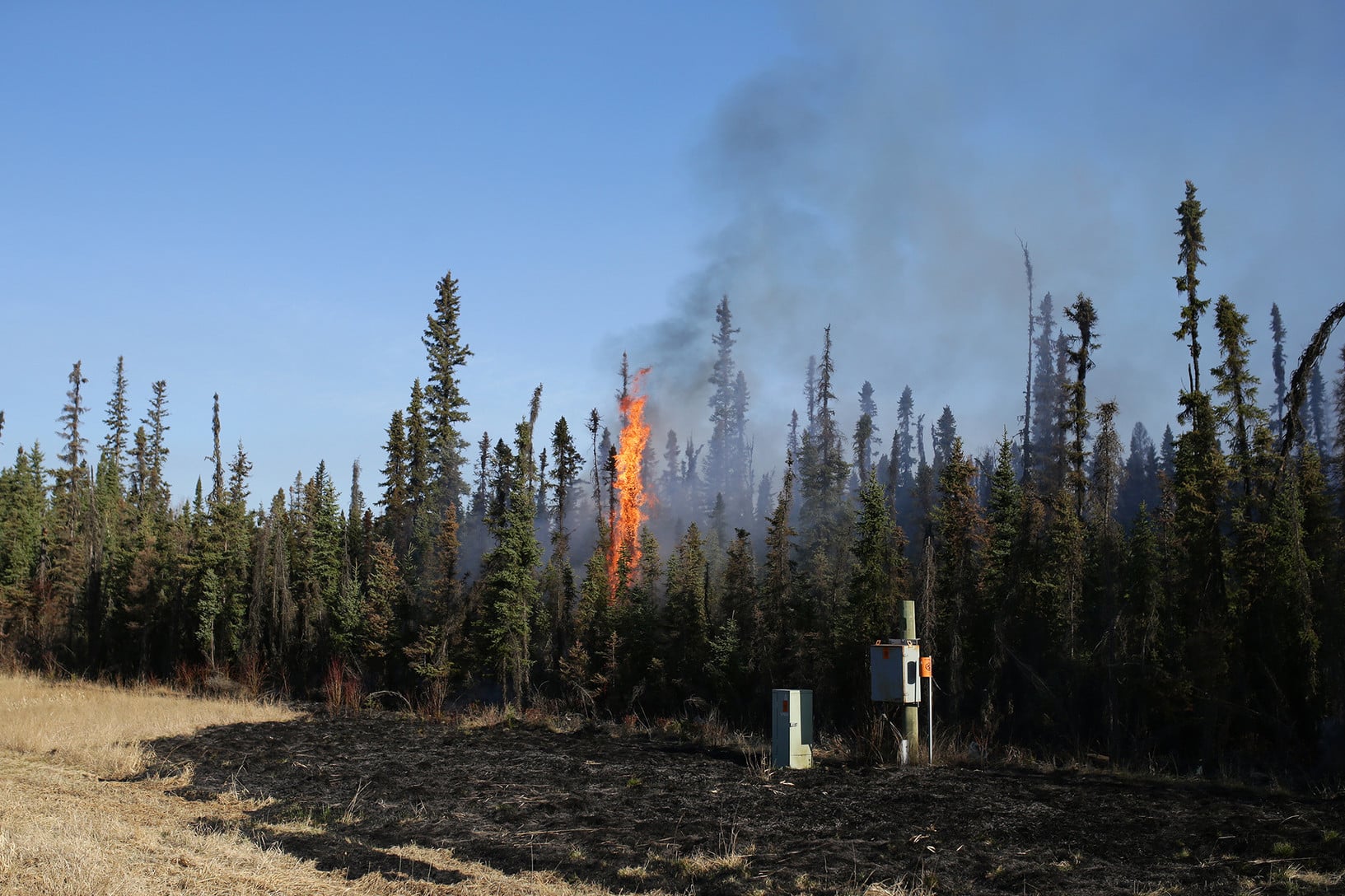We spoke to photojournalist Cole Burston about his recent assignment covering the Fort McMurray disaster.
Photojournalists are the heartbeat of every breaking news story. When a disaster strikes, they’re the first ones headed to the scene. They document what’s actually going on and show the faces behind the headlines.
It’s fast-paced, erratic and sometimes dangerous work. The majority of photojournalists are freelancers who pitch stories to editors and always have a suitcase packed.
Photographer Cole Burston has been on assignment for The New York Times, The Washington Post Magazine, and The Globe & Mail, among others. His most recent job found him at Fort McMurray for Agence France-Presse to cover the wildfire disaster.
His images of the Fort McMurray Wildfires are breathtaking and poignant. You can imagine them on a gallery wall just as easily as a full-page spread in a newspaper or magazine. They show sensitivity and awe for the fires that spanned more than 241,000 hectares and destroyed over 2,000 homes.
We spoke to Burston to find out how he got the assignment, what makes a good photojournalist and why he doesn’t make art.
1. How did you start getting photojournalist assignments from Agence France-Presse (AFP)?
Cole Burston: When I worked in Ottawa I would pitch things to AFP. There was often a state visit or some other international news coming out of Ottawa, so I would email the photo desk and ask if they wanted coverage.
The answer was usually ‘No’, but a few times I did land a pitch and so I would shoot the odd assignment for them. Since I started freelancing in Toronto, they’ve called me for a couple of assignments.
2. What makes a good photojournalist? What’s a piece of advice you’d give to an aspiring photojournalist?
Adaptability, persistence, hard work, and you’ve got to be just crazy enough to keep pushing forward. Learn to roll with the punches. One day you’re shooting a 100-year-old’s birthday, the next you’re sleeping in the back of a car eating trail mix and hunting for cell reception, and some days the phone just doesn’t ring.
Love what you do—any day taking pictures is better then sitting at a desk somewhere (never forget this). Only worry about yourself. It’s a marathon, not a sprint.
3. Your photos are documentary, but they also have an artistic side. What’s your philosophy for achieving this balance?
It’s all about shooting the story, not about making art. Thats why we’re out there in the first place. If you can shoot the story and make it beautiful, that’s just a bonus. It might mean someone might pause just a little bit longer on the photo and think about the story. Sometimes it is what it is, but sometimes you can step back and shoot the beauty around you.
Bonus Round: What was one of the biggest challenges of this Fort McMurray assignment?
The biggest challenge was just knowing where to be. It was a very fluid event. I’ve never done anything like this, let alone gotten a call to pack up and get the next flight out for work. Dealing with the roadblocks, which highway was open, where were the dirt roads in, which centre was or wasn’t cutting off media access. Looking now at my rental car receipt, I drove 2,600 kilometres over the week or so I was here. That’s just pretty much driving back and forth on the one highway leading into Fort Mac.
Staying awake on the road at night was tough, and sleeping in the car on the Thursday night was pretty shitty. With nothing but a jacket, myself and a couple other photographers made the decision to sleep at the roadblock in our cars to catch the convoy of evacuees that would be escorted out from the North at first light. The temperature was probably hovering around 5 degrees Celsius, which doesn’t sound that cold, but I think I shivered the whole night.
We were woken up at 1 a.m. by bangs on our cars from RCMP who yelled at us to drive south, I guess the winds had shifted in the night and the sky was smokey and orange as we scrambled out of our trunks and hopped into the drivers seats to continue shivering through the night a couple kilometres down the road.
Keep scrolling to see Cole Burston’s Fort McMurray wildfire photos.
Cole Burston’s portfolio
